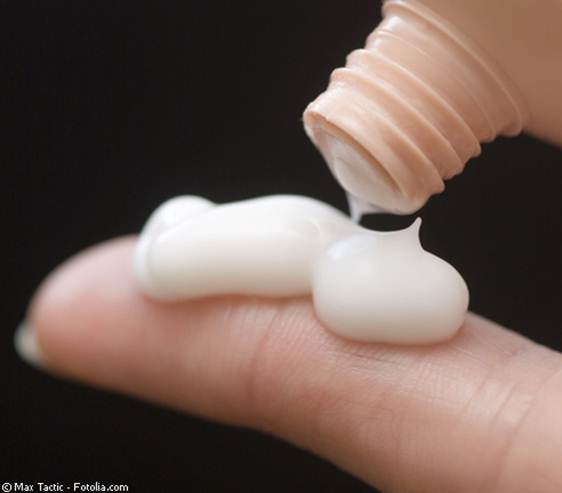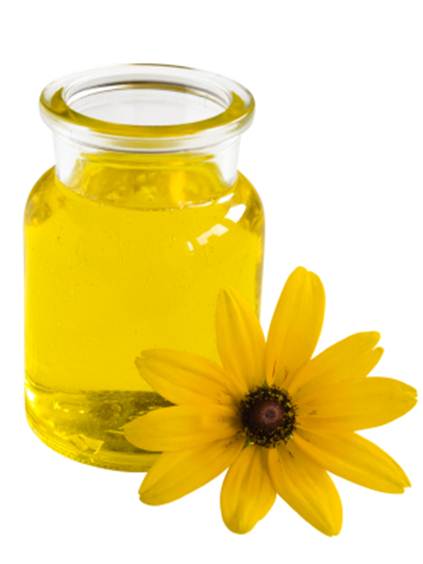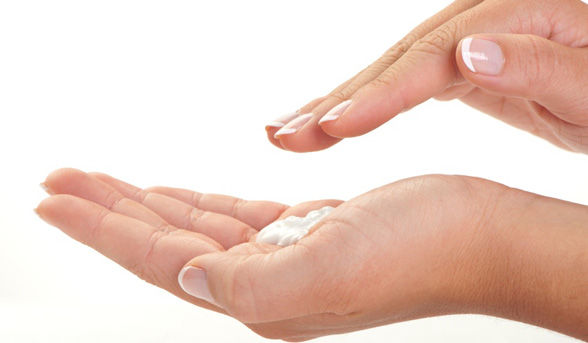It’s chilly, the heater’s on and your skin’s
dry, itchy, cracked or inflamed with eczema. To banish the winter skin blues,
read on
1. Where we live…
‘In winter, in areas such as the Highveld,
there’s so little water in the air that moisture’s practically sucked out of
our skin,’ explains Dr Bradley Wagemaker, dermatologist and medical analytics
director of Lamelle Research Laboratories. ‘Whereas, those living in humid
areas near the coast have different skin needs. And then there’s each person’s
inherent skin tendency – where some of us are generally more prone to dryness –
because we lack a sufficient waterproof barrier in our skin to stop moisture
escaping.’ In other words, for those of us who are inclined to dry skin and live
in a dry area, the moisture will practically fly out of our skin in winter, and
for this we need products that contain lipids (oils) to trap water in the skin.

Most
creams contain water and oil
‘Most creams contain water and oil, and
while in summer we may have only needed a lotion or a gel (with more water than
oil-based ingredients), we should now look for creams with the opposite – a
higher oil to water ratio,’ Dr Wagemaker explains.
2. Know your oils
Old-fashioned cold creams deliver lipids to
the skin to help improve its own barrier. They tend to contain mineral oil or
petroleum (as found in Vaseline) and are safe and effective. These days,
carrier oils such as calendula, almond, chamomile and grape seed are commonly
seen on the labels. All of these form a layer over the top of the skin that
helps to trap water – and don’t cause acne, as is often commonly misperceived.

Carrier
oils such as calendula, almond, chamomile and grape seed are commonly seen on
the labels.
Humectants attract water from the lower to
the higher layers of the skin, and emollients seal in moisture as a water
proofing barrier would. Go for products that include these ingredients to boost
moisture.
3. Concentration and reputation
Remember, it’s how much of the ingredient
that’s included in a cream that ultimately makes it effective or not.
‘Something like 0.1 percent won’t do anything to help your skin. Use between 5
and 8 percent (or higher) as a guide to an effective concentration,’ says Dr
Wagemaker, who also suggests you go by a product’s reputation rather than sweat
too much trying to understand labels.
For example, most trusted baby oils,
shampoos and creams contain mineral oil – a non-reactive, harmless synthetic
ingredient that works effectively.
4. Hand cream 101
Hand creams often contain water-based
ingredients, which doesn’t always mean they help the skin attract and trap
moisture. And how skin feels after rubbing it in is also not necessarily an
indication of effectiveness. This is because many hand creams contain silicones
that create the illusion of absorption by leaving a powdery after-feeling,
whereas others tend to leave the hands feeling greasy. The key is to choose one
with a high concentration of Shea butter and urea (a good exfoliant and
moisturiser).

Use
fragrance-free products if you have sensitive skin
‘It’s also about how you apply it,’ says Dr
Wagemaker. Instead of applying hand cream on the palms where the skin is thick
and it’s difficult for the product to penetrate, squirt it onto the back of
your hands (where skin is thinner) and gently rub them together. It’ll
penetrate more easily and they won’t feel greasy. Although, if you have eczema,
cream will be absorbed on the palms because your skin’s oil barrier has been
disturbed.
Use fragrance-free products if you have
sensitive skin, because natural fragrances can also cause allergies. And
remember to apply sun protection on top of your hand cream, even in winter.
Chemical sunscreens can cause allergies, so if you have sensitive skin, avoid
moisturiser/SPF combo creams that contain penetration-enhancing ingredients and
sun protection.
5. Foot fixes
Cold conditions can cause or worsen foot
skin problems, so it’s important to give your feet some extra love by soaking,
exfoliating and treating them to moisture masques in winter. Wearing a pair of
leather boots will help prevent these problems, whereas those made from
synthetic material can trap heat and moisture and cause odours or fungal
infections.
6. Lip balm laws
Remember to avoid licking or rubbing your
lips in winter, even on a serviette, as it removes your skin’s natural oils.
Only apply a little amount of lip balm when absolutely necessary, otherwise
your lips become dependent on it, getting dry the moment you stop using it.
It’s a fairly well-kept secret that nipple and nappy creams such as Bepanthen
are fantastic for lips.

Remember
to avoid licking or rubbing your lips in winter
7. Eczema
Eczema, or atopic dermatitis, is a skin
allergy. If it’s chronic, you’ll suffer from problematic dry skin characterized
mostly by redness and inflammation. To heal this you need your skin barrier to
be restored vie treatment with lipids – your doctor will advise you about this
and on whether you need to treat any infection that may have arisen. In
general, it’s best to:
o
Avoid long, hot baths that sap the skin’s
moisture.
o
Use only cream, not foaming cleansers (e.g.
aqueous cream).
o
Self-treat with lipid-rich creams if you’ve only
had it for a week.
o
Consult a doctor if it hasn’t cleared up in two
weeks.
Did you know?
You can suffer from dry skin and acne
simultaneously. Acne is caused by an over-production of sebum, but you could
have a deficient skin barrier in conjunction with acne. A dermatologist may
then prescribe a cream with lipids to help restore it.
Why do Italian women have great skin?
Simple – they use olive oil for everything!
For a homemade remedy, rub sugar and olive oil into your hands to make them
beautifully soft.